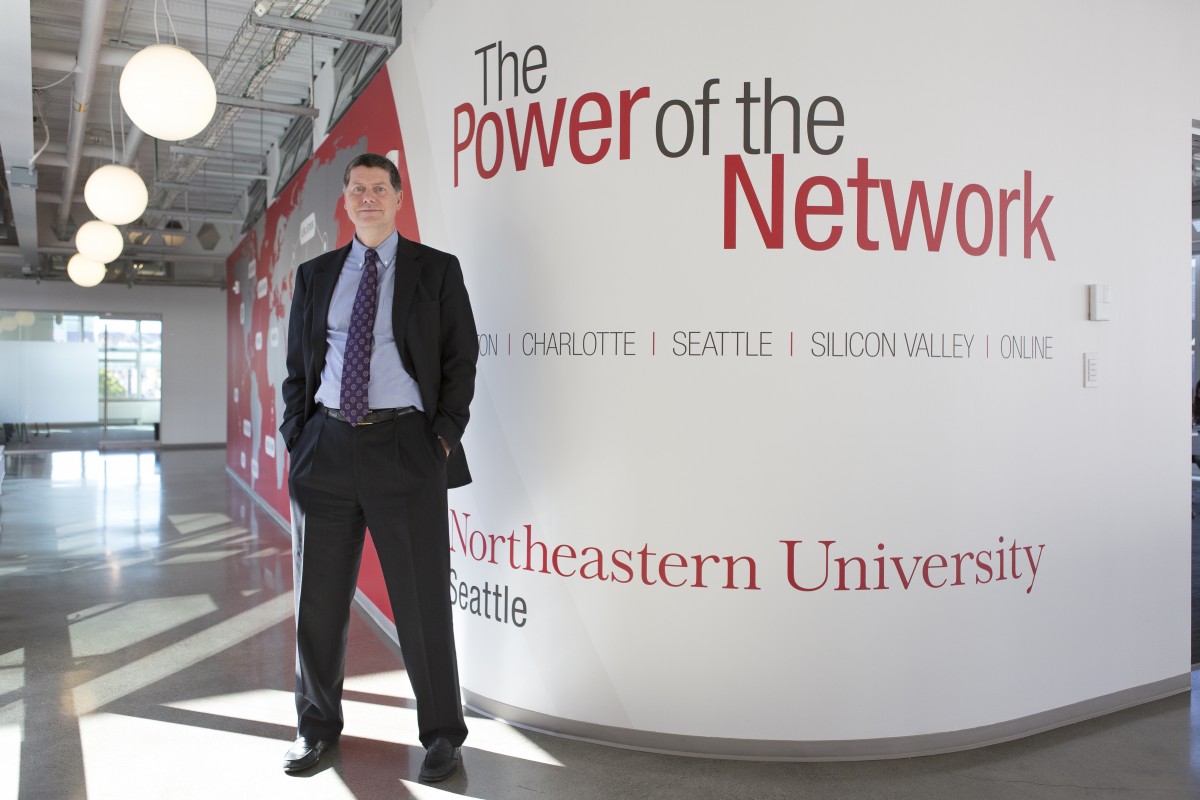5-million Job Openings and No One to Fill Them? Let’s Change That.

There is little dispute that there is a talent shortage in the tech industry. We have all seen the numbers and know the impact that those 5-million job openings have on our economy. We also see the frustration from college-educated students who struggle to find meaningful employment. There is a mismatch between supply (qualified job-seekers) and demand (tech companies who want to grow.)
The good news is that there are plenty of ideas for solving this gap: Some say businesses need to invest in training, educational institutions are evaluating their role, a developing boot camp industry is rising and the federal government has invested $100 million in various programs. In order to truly solve this problem, we need to embrace all of these ideas with a resounding YES. Each approach adds value in its own way, and in order to meet the needs of industry and continue to grow our economy, we will all need to do our part.
Applying Moore’s Law to Higher Education: Constantly Increase Scale/Decrease Costs
Solving the current crisis is going to require deep commitment and collaboration between industry, educators, and students. Let’s learn from the electronics industry and the principles of Moore’s Law and increase scale, cut costs and increase the impact of education. As the Dean & CEO of Northeastern University – Seattle, located in South Lake Union, the technology hub of Seattle, I live and breathe this every day. I believe there are three ways that my peers in higher education need to evolve in order to build our section of the bridge to create meaningful connections between industry and education, and fill in the gap.
- Evolve Higher Education to Focus on Quality and Scale: Our educational system was never built to address the knowledge economy’s needs. Our high school curriculums were designed just after World War II in an era when fewer than 20 percent of graduates were expected to proceed to higher education. Increasingly, the “currency” that is most valued by employers is experience. Universities and colleges were not built to be nimble or flexible and their governance structures inhibit the very innovation that is required to address the challenge which lies at our feet. The solution requires quality and scale while universities largely are historically grounded in exclusivity and tradition. While industry leaders know that high-quality products and customer experiences can be scaled exponentially, most major universities reject the notion that quality can be scaled. Many even reject the notion that it is their role to prepare their graduates for industry. I believe it is not only our role, but our obligation and the only way to resolve this issue.
- Prioritize Inclusivity, Not Exclusivity: Higher education needs to tap into groups that have been underrepresented if we really want to fully address the challenge of the situation. We shouldn’t neglect to mention that we have a severe issue that is part and parcel of this challenge: women, veterans and minorities are vastly underrepresented in the tech workforce. From a purely Seattle and Northwest regional perspective, the issue is even more painful. The vast majority of the high-end tech jobs are now going to folks who are being recruited to Seattle from out of state or out of the country. Higher education institutions are in a unique position to address this issue. At Northeastern, we created programs including ALIGN and LEVEL which provide deep co-op engagement, experiential learning, online and blended delivery options for convenient and career-centric educational opportunities for all. We are on the right path; to date 50 percent of our ALIGN computer science students are women versus the current 18% representation by females in computing.
- Establish Collaboration and Partnership Between Industry and Industry-engaged Educators. Ultimately, solving the employment crisis in this country and globally is about forging a partnership between industry and industry-engaged educators. Here is my recommendation and the Northeastern University Seattle approach: Let’s make the employer the ultimate customer and the student the client who is being prepared for both short- and long-term career success. That requires all parties (employers, educators, and students) to engage in a symbiotic, industry engaged learning effort and experience that is intentionally designed to meet the needs of industry.
Change is hard and some will cast stones. I can already hear the arguments: “This sounds like training rather than education;” “We cannot cast aside the tradition of the liberal arts;” “Universities were never intended to be lowly career preparation academies.” I fully understand these concerns, but we cannot cling to the old-school approach to educating a very small, elite group of students for a world that has evolved. As Eric Hoffer suggested some time ago: “In times of change, learners inherit the earth, while the learned find themselves beautifully equipped to deal with a world that no longer exists.”
At Northeastern Seattle, we are looking for strategic industry partners and like-minded educational institutions to work collaboratively together to solve the crisis. This is a call to my peers in higher education: Let us be among the learners, inventors, innovators. Talk is cheap. It’s time to pilot a series of actual solutions and then scale those that work. Let’s do, not just talk. Let’s be learners.




